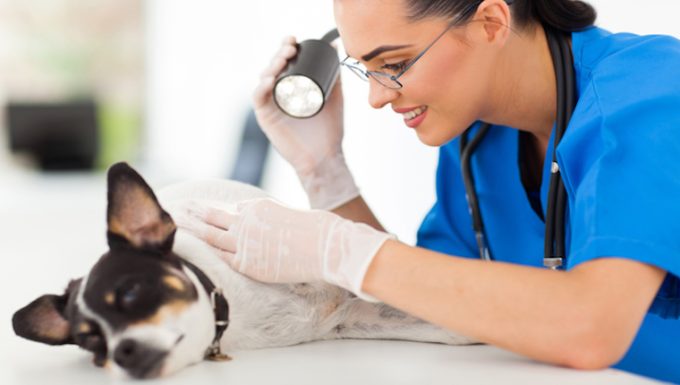Mast cell tumor in dogs is a common form of skin cancer. The condition most often produces masses or nodules on the skin.
Unfortunately, certain breeds are more likely to develop the condition than others, including Pugs, Boston Terriers, and Boxers.
Technically, the condition is also known as mastocytoma in dogs.
If you…




